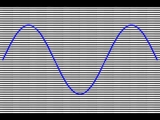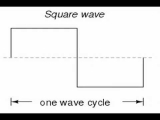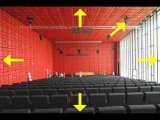Noise
Noise
When all frequencies happen simultaneously, the result is called noise. White noise is similar to white light, in that it has equal power density at all frequencies. When represented on a logarithmic scale, the way people actually hear, the energy distribution of white noise is skewed toward the high you attenuate white noise at 3 dB/octave you end up with pink noise, where the strength of each frequency is inversely proportional to the frequency itself, so pink noise has equal power in every octave. This makes it perfectly flat when viewed logarithmically and also very useful for audio white noise at 6 dB/octave and you get Red noise (also known as Brown or Brownian noise, as in Brownian motion). Here the power of each frequency is inversely proportional to the square of the frequency, so it presents as the opposite of white noise, with more energy in the lower the term “noise” has a negative connotation for most audio professionals, white noise is used to test filters and amplifiers, and pink noise is used to test the frequency response of mics, speakers, and rooms.















